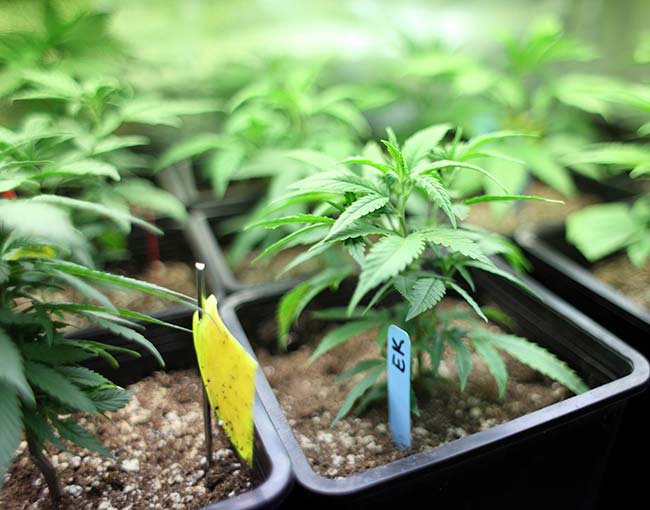After being the first state to legalize medical marijuana almost 20 years ago, California is implementing regulations across the industry. Commentators have focused on the effective and efficient processes called for in the new regulations, which are anticipated to bring much needed clarity to a large network of companies and customers in the cannabis industry. As previously reported on Tracking Cannabis, Gov. Jerry Brown signed a set of bills in to law on Oct. 9, 2015, AB266, AB243 and SB643, which together comprise the California Medical Marijuana Regulation and Safety Act (MMRSA).
As the various state agencies look to draft rules and the timeline for implementation, we review the highlights of the new laws.
AB266 focuses on the regulatory and licensing aspect of the MMRSA by establishing the Bureau of Medical Marijuana Regulation (BMMR), which is part of the Department of Consumer Affairs and will be responsible for developing and implementing enforcement rules for the MMRSA. Every person or company operating in the commercial medical marijuana industry will be required to obtain a local operating permit and annual state license by Jan. 1, 2018. The new law also:
- Allows for-profit businesses to obtain operational medical marijuana licenses from the state, where currently only non-profit public benefit corporations or non-profit cooperatives are allowed to participate in the medical marijuana industry.
- Gives the Department of Consumer Affairs, the Department of Food and Agriculture and the Department of Public Health the power to create rules necessary to impose standards under the MMRSA.
- Categorizes 17 different types of medical marijuana operational licenses and prohibits vertical integration (subject to a limited exception for companies with established vertical integration).
- Permits cities and counties to further regulate medical marijuana businesses as well as ban medical marijuana businesses within their borders.
- Gives local jurisdictions power to tax and assess fees upon medical marijuana businesses.
Special Note: If a medical marijuana business can show that it was operating in good standing with its local jurisdiction before Jan. 1, 2016, that business must be given priority by the state in issuing licenses. Moreover, if a medical marijuana business is operating in compliance with local zoning ordinances and other jurisdictional requirements prior to Jan. 1, 2018, it may continue its operations until its application for licensure is approved or denied.
AB243 focuses on the environmental aspects of medical marijuana cultivation. It gives broad power to the Department of Food and Agriculture to manage the application process and rulemaking for marijuana cultivator licenses. The new law also tasks various other state agencies to work with the Department of Food and Agriculture in its rule making process to promote healthy and safety. Such agencies include the Department of Pesticide Regulation, the Department of Fish and Wildlife, the State Water Resources Control Board and the Department of Public Health.
SB643 addresses regulatory oversight of medical physicians and doctors by setting forth standards for those professionals recommending marijuana for medical use. The new law also does the following:
- Requires the California Medical Board to elevate its investigations of physicians who recommend medical cannabis frequently, do not have a bona fide patient relationship with medical cannabis patients or who fail to maintain proper records regarding cannabis recommendations.
- Requires a criminal background check of medical marijuana licenses applicants, including physicians.
- Sets forth certain operating requirements for medical cannabis businesses, such as required distance from schools and proof that the applicant has a right to use the proposed business location for cultivating or selling marijuana.
All of the MMRSA bills contain rules regarding security and tracking of cannabis product, labeling and packaging requirements and quality assurance and testing standards. The bills do not contain much in the way of investment regulation in marijuana businesses or state what the licensing fees will be. Rulemaking under the MMRSA is expected to occur up to the implementation date of January 2018.
For more information on AB266, see our July post “Assembly Bill 266 provides long-awaited medical marijuana regulatory framework in California.”
















